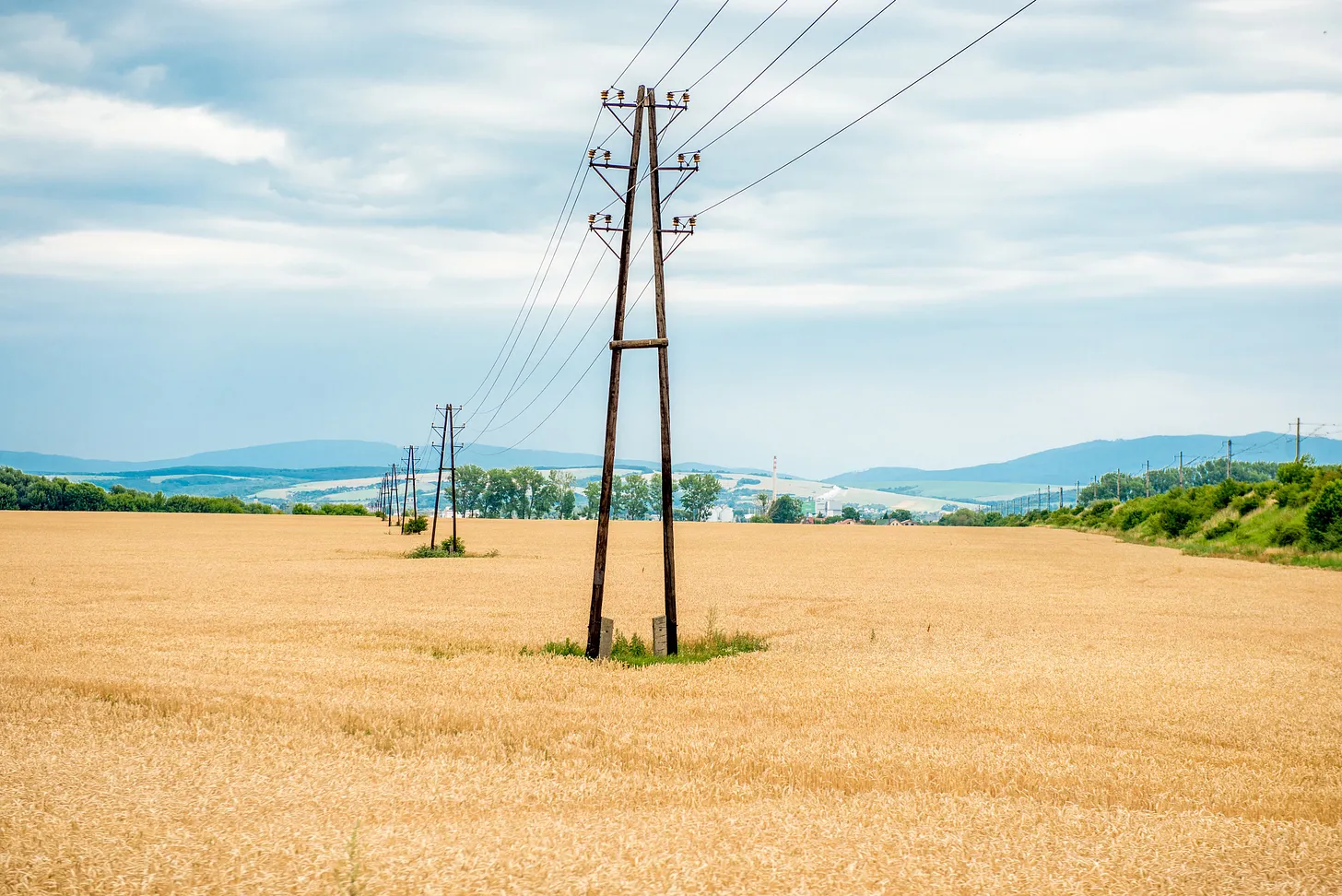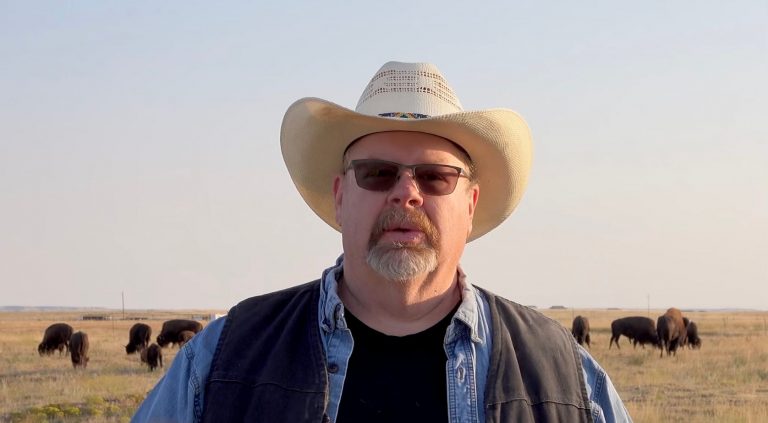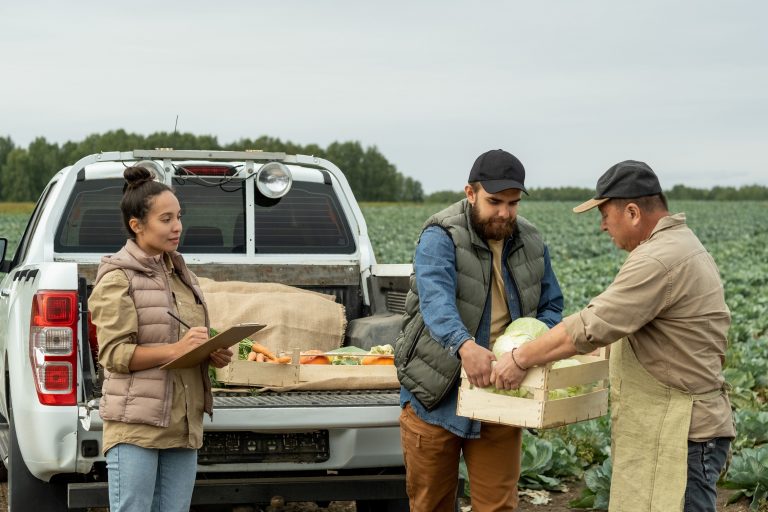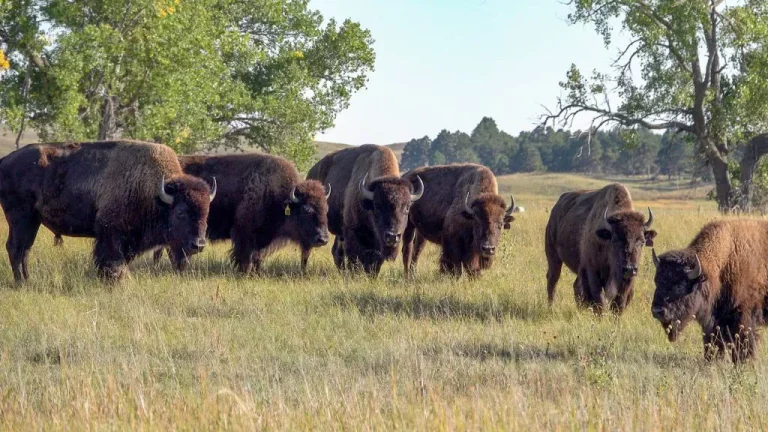Yanasa TV News
How America’s Transmission Boom Collides with Ranch Land and What Trump’s Washington Is (and Isn’t) Changing
Rural America is being asked to host the backbone of a new electric era. The question is whether that backbone is being built with ranchers, or on top of them.
The orange stake is easy to miss until you almost ride over it. A Brewster County rancher reins in, squints across a sea of grama, and imagines where the towers would go, one every few hundred yards, steel legs sunk into a pasture that’s taken decades to stitch together with water, fencing, and hard lessons about drought. The map says “proposed.” The letter says “survey crews.” The rumor at the feed store says “condemnation if you don’t sign.”
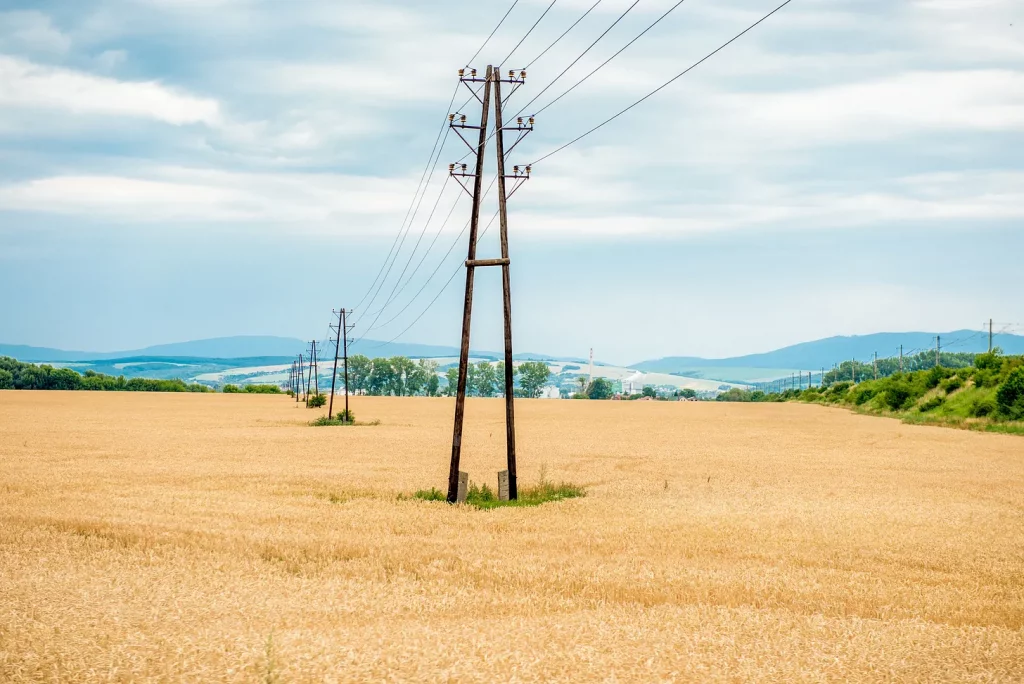
That scene is repeating across the country as utilities and developers race to build bigger, longer, higher-voltage transmission lines. Some are framed as reliability upgrades; others as clean-energy superhighways; more recently, they’re being justified by the roaring appetite of data centers. Whatever the rationale, the burden lands on the same families: farmers and ranchers who will live with the easements, access roads, liability, and fragmentation long after the ribbon-cuttings are over.
What changed in 2025, and what didn’t.
The rules that drive big lines are still on. FERC’s long-term transmission planning rule, Order 1920 and its follow-ons, remains in force. It compels utilities and grid operators to plan for multi-decade scenarios and to spread costs region-wide, mechanics that can push “new steel in the ground” across rural corridors. States get more formal input under 1920-B, but the basic thrust is: build. Compliance calendars are active right now.
Trump moved to rein in independent agencies. In February, the White House issued Ensuring Accountability for All Agencies, asserting presidential oversight over independent regulators (including FERC). This restores democratic control and fiscal sobriety; critics warn it threatens agency independence, but should they be independent from who voters have chosen to lead as their chief executive? Either way, it injects uncertainty into how transmission policy will be steered from Washington.
DOE slammed the brakes on a marquee loan. In July, the Department of Energy terminated its $4.9 billion conditional loan commitment for the Grain Belt Express HVDC line, an emblem of “build it faster” policy under the prior administration. Opponents cheered; developers vowed to continue with other capital. The cancellation doesn’t end eminent-domain pressure on farmers along the route, but it removes a federal thumb on the financing scale.
Meanwhile, load growth is roaring back, driven by data centers. PJM projects decade-scale peak demand growth; ERCOT’s 2025 planning now bakes in tens of gigawatts of new large-load additions tied to data centers, with policy changes that force ERCOT to accept utility-officer attestations on future demand. Nationally, utilities warn of “phantom” data center queues that could still drive real build-outs, and real corridors, through working lands.
Bottom line: Trump’s Washington has shown a willingness to pull dubious federal levers (like a risky mega-loan) and to demand accountability from agencies. But the transmission machine fueled by regional rules, state permits, and surging demand hasn’t stopped. For ranchers, the takings fights look and feel the same.
Maryland’s “Stop MPRP”—when survey rights outrun consent
In June, a federal judge allowed PSEG’s survey crews onto private land for the Maryland Piedmont Reliability Project despite owner objections… an early, bitter step that often precedes permanent easements. As tensions escalated, the company later asked a court for U.S. Marshals to protect field teams; landowners formalized a “Stop MPRP” coalition arguing the route would bisect farms, forests, streams, even a youth camp.
Opponents point to a deeper problem: the state’s load growth is increasingly tied to data centers (some out of state), yet rural communities are being told their land is the only place to put the wire. It’s a familiar refrain in the Mid-Atlantic: the benefits feel diffuse; the burdens are painfully specific.Opponents point to a deeper problem: the state’s load growth is increasingly tied to data centers (some out of state), yet rural communities are being told their land is the only place to put the wire. It’s a familiar refrain in the Mid-Atlantic: the benefits feel diffuse; the burdens are painfully specific.
West Texas 765 kV—when scale itself is the shock
In the Big Bend/Trans-Pecos, American Electric Power has floated extra-high-voltage 765 kV corridors, towers 140–160 feet tall with roughly 200-foot rights-of-way, through some of the last, best ranch country in the Lower 48. Locals used to 138 kV lines (and 100-foot ROWs) are staring at a different world: two-hundred-foot scars that fragment pastures, complicate rotational grazing, and add perpetual utility access on ranch roads. “New reliability” for cities looks like permanent operational risk for ranches.
The backlash isn’t just aesthetic. Habitat fragmentation in the Hill Country and Trans-Pecos is real; so are fire-risk and liability worries when heavy maintenance arrives in the driest weeks of the year. County meetings have been standing-room only, and opposition letters are stacking up in the local papers.
Grain Belt Express—loan pulled, takings continue
DOE’s cancellation of the $4.9B loan was a turning point, but on the ground in Missouri the legal machinery has kept grinding: dozens of eminent-domain petitions since 2021 as the developer assembles its corridor. Missouri lawmakers anticipated exactly this tension in 2022, passing a law that forces companies to pay at least 150% of fair market value for agricultural takings and to return easements if they fail to reach financial commitments within seven years. That’s better than the old baseline—but for multigenerational farms, no payment truly covers the operational losses of a line cut through the middle of a place.
The Texas Foil: when Washington cuts wire and when it cuts deeds
Property-rights politics can flip depending on the purpose. In early 2024, the Supreme Court let federal agents cut Texas’s razor wire at the border; months later, the 5th Circuit gave Texas a win curbing federal destruction of the barrier. The point isn’t immigration, it’s consistency. If Washington can slice state-installed fencing in Eagle Pass, it can also lean hard on private ranches for “national interest” energy corridors. Landowners are right to ask who truly stands up for property rights, project by project.
What 765 kV actually means on a working ranch
- Towers & spans: 140–160 ft structures change aerial operations (helicopter mustering, wildfire response) and create permanent flight hazards.
- Right-of-way: ~200 ft of vegetation control, gate access, and utility ingress year-round; rotational grazing plans are re-drawn around a scar that never heals.
- Remainder damages: The law often undervalues “operational harm” to the rest of the property—lost efficiency, segmented water, extra labor—not just the strip of ground itself.
A fair read on Trump’s approach
There’s plenty here rural landowners can welcome. Pulling the Grain Belt loan was a clear sign this White House will question mega-financing schemes that privatize winnings and socialize risks. Demanding tighter executive accountability can keep agencies from freelancing on landowners’ backs. Those are positive signals.
But cross-examination matters, nothing in Washington’s posture on the border suggests a general retreat from using federal power to trump property when priorities demand it. That, too, should worry anyone with a deed.
The path that actually protects rural America
1) Co-locate before you condemn. Make new lines follow existing utility, pipeline, or transportation corridors wherever physically feasible; keep undisturbed pasture intact. (Mandate a documented alternatives analysis with county review.)
2) Pay for operations, not just acres. Codify “remainder damages” statewide so offers must include fences, gates, water re-plumbing, extra labor, and long-term vegetation control, not just a per-foot check. Texas ag law already teaches this; modernize it for transmission.
3) Adopt the Missouri floor nationally. For agricultural land, set a federal or model-state minimum of 150% of fair market value for any involuntary transmission easement, with automatic reversion if financing isn’t secured in seven years, because uncertainty is itself a taking.
4) Make the beneficiaries pay. If data centers drive the new load, require them to fund dedicated generation and lines (or non-wires alternatives) so rural communities aren’t stuck subsidizing private server farms. PJM and ERCOT already acknowledge data centers as the growth engine; policy should follow the physics.
5) Put agriculture on the map—literally. Require agricultural impact statements and rancher sign-off on construction/maintenance plans (gate keys, fire protocols, road repair). No plan, no permit.
Where we go next
America needs a tougher, smarter grid. Rural America needs assurance that “smarter” doesn’t always mean “straighter” across deeded land. A conservative line on public money and bureaucratic sprawl, as we’ve seen this year, can help. But for the family in the saddle staring at an orange stake, the real test is local: routes, terms, and whether anyone in power is willing to say “no” to the easy, straight line when the right line is harder to draw.
If Washington wants ranchers as partners, not plaintiffs, it can start by proving that property rights aren’t a talking point, they’re a constraint.

